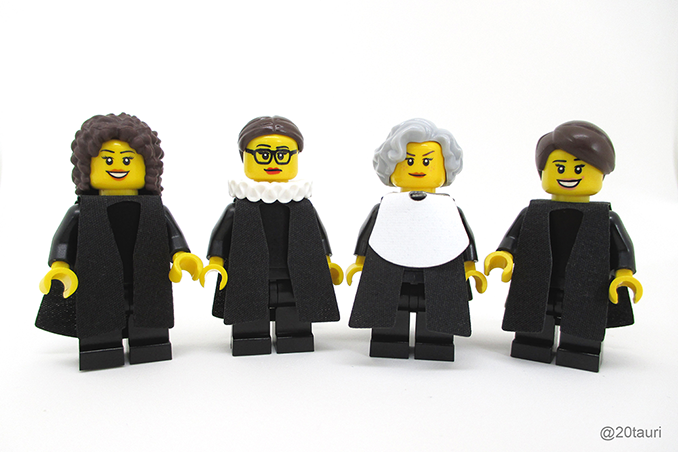is a blog about design, technology and culture written by Khoi Vinh, and has been more or less continuously published since December 2000 in New York City. Khoi is currently Vice President of User Experience at Wildcard and co-founder of Kidpost. Previously, Khoi was co-founder and CEO of Mixel (acquired by Etsy, Inc.), Design Director of The New York Times Online, and co-founder of the design studio Behavior, LLC. He is the author of “Ordering Disorder: Grid Principles for Web Design,” and was named one of Fast Company’s “fifty most influential designers in America.” Khoi lives in Crown Heights, Brooklyn with his wife and three children. RSS sponsorship opportunities available through /Syndicate Ads.
+Instagram’s Endangered Ephemera

Over at The New Yorker, architecture and design writer Alexandra Lange writes about the phenomenon of Instagram accounts that capture design ephemera like matchbooks, clothing labels, postage stamps, machine badges and more.
These examples of tiny graphic-design ephemera are brought to our full attention in obsessive, single-serving Instagram accounts. This is not the Instagram of artistically arranged purse contents or filtered selfies but one that more closely resembles the olden days of Tumblr, when people, archives, and institutions realized that they could add their humble masterpieces into the digital image river that people look at every day.
Lange points to a number of these wonderful accounts in the article. It’s a nice piece that draws attention to how social media is in many ways an opportunity for the easily overlooked artifacts of the design trade to shine. It’s not clear to me whether the article is exclusive to the Web site or if the editors think highly enough of the subject matter to include it in the printed magazine itself.
Read the full piece at newyorker.com.
+












